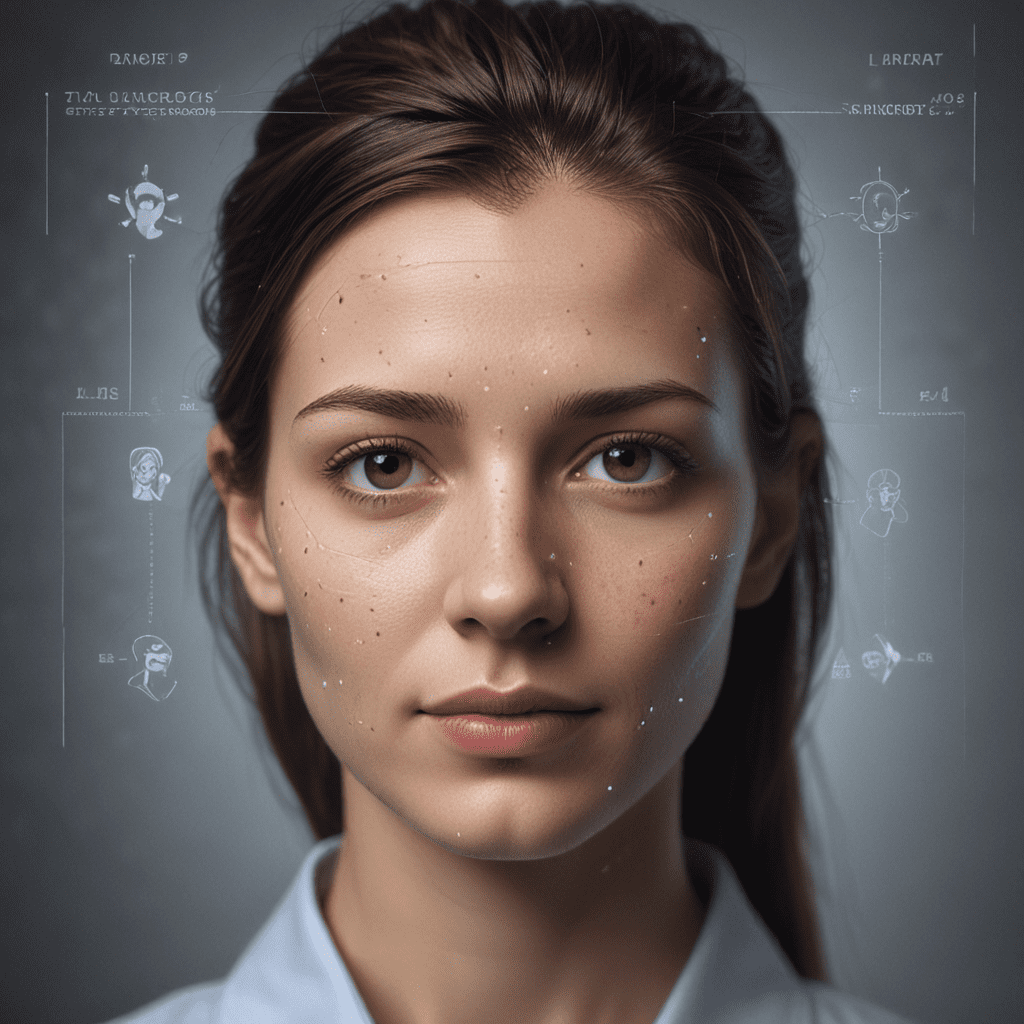
Facial Recognition Technology: Transforming User Identification Processes
I. Introduction
Facial recognition technology stands as a revolutionary advancement in the realm of user identification, offering unparalleled accuracy and convenience. This state-of-the-art solution harnesses sophisticated algorithms and advanced hardware to analyze facial features and extract unique biometric data. As a result, facial recognition technology is transforming various industries and sectors, from security and law enforcement to healthcare and financial services.
II. History and Evolution of Facial Recognition
The origins of facial recognition technology can be traced back to the 1960s when researchers began exploring the mathematical and computational aspects of facial analysis. Over the decades, advancements in computer vision, machine learning, and artificial intelligence have propelled facial recognition technology to its present capabilities. Early systems relied heavily on manual feature extraction, but modern deep learning algorithms have significantly enhanced accuracy and efficiency.
III. Key Components of Facial Recognition Systems
Facial recognition systems typically comprise three essential components:
- Image Acquisition: Cameras capture images or videos of individuals' faces.
- Feature Extraction: Algorithms extract unique biometric features from facial images, including the shape and position of facial landmarks.
- Matching: The extracted features are matched against a database of known faces to identify or verify individuals.
IV. Applications of Facial Recognition Technology
The versatility of facial recognition technology extends to a wide range of applications:
- Biometric Security: Facial recognition serves as a robust security measure, replacing passwords and PINs with unique biometric identifiers.
- Surveillance and Law Enforcement: Facial recognition aids in identifying suspects, tracking criminals, and enhancing public safety.
- Accessibility and Convenience: Facial recognition offers a seamless and convenient user experience, enabling quick and secure access to devices, applications, and services.
V. Biometric Security and Authentication
Facial recognition technology offers a highly secure and reliable method of biometric authentication. By leveraging unique facial features, it provides an accurate and convenient alternative to traditional authentication methods such as passwords and PINs. In the financial sector, facial recognition is revolutionizing payment systems, enabling secure and contactless transactions. Healthcare providers are also adopting facial recognition to enhance patient identification and streamline medical processes.
VI. Surveillance and Law Enforcement
Facial recognition technology plays a significant role in surveillance and law enforcement, aiding in the identification of suspects, tracking criminals, and preventing crime. By matching facial images against databases, law enforcement agencies can quickly identify individuals and gather valuable intelligence. However, it's crucial to ensure responsible and ethical use of facial recognition technology in these contexts to protect individual privacy.
VII. Accessibility and Convenience
Facial recognition technology brings unparalleled convenience to various applications. In the retail industry, it enables seamless and personalized shopping experiences by identifying customers and providing tailored recommendations. In the healthcare sector, facial recognition streamlines patient registration and medication management, enhancing patient satisfaction and reducing waiting times.
VIII. Ethical Considerations and Privacy Concerns
The widespread adoption of facial recognition technology raises important ethical considerations and privacy concerns. The collection and storage of facial data by government agencies and private companies can impact individual privacy and autonomy. It's essential to establish clear regulations and guidelines to ensure responsible use and prevent potential misuse.
IX. Future Trends and Innovations
The future of facial recognition technology holds exciting possibilities. Continuous advancements in artificial intelligence and machine learning will further enhance the accuracy and efficiency of facial recognition systems. The integration of facial recognition with other biometric technologies, such as voice recognition and iris scanning, will create even more robust and secure identification solutions.
X. Conclusion
Facial recognition technology is transforming user identification processes, offering unparalleled accuracy, convenience, and security. Its applications span a wide range of industries, from finance and healthcare to surveillance and law enforcement. As technology continues to evolve, it's crucial to address ethical considerations and privacy concerns to ensure responsible and beneficial use. Facial recognition technology has the potential to revolutionize our interactions with the digital world, making it more secure, convenient, and accessible.
Frequently Asked Questions (FAQs)
Q: How accurate is facial recognition technology?
A: Facial recognition systems have achieved high levels of accuracy, with some systems boasting over 99% accuracy under ideal conditions. However, accuracy can vary depending on factors such as lighting, facial expressions, and occlusions.
Q: What are the privacy concerns associated with facial recognition technology?
A: Privacy concerns arise from the collection and storage of facial data, which can be used to track and identify individuals without their consent. It's important to establish clear regulations and guidelines to prevent misuse and protect individual privacy.
Q: How is facial recognition technology being used in law enforcement?
A: Law enforcement agencies use facial recognition technology to identify suspects, track criminals, and enhance public safety. By matching facial images against databases, they can quickly gather valuable intelligence and apprehend individuals involved in criminal activities.
Q: What is the future of facial recognition technology?
A: The future of facial recognition technology is promising, with continuous advancements in artificial intelligence and machine learning expected to further enhance its accuracy and efficiency. The integration with other biometric technologies will create even more robust and secure identification solutions.


